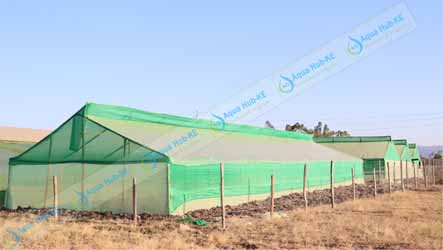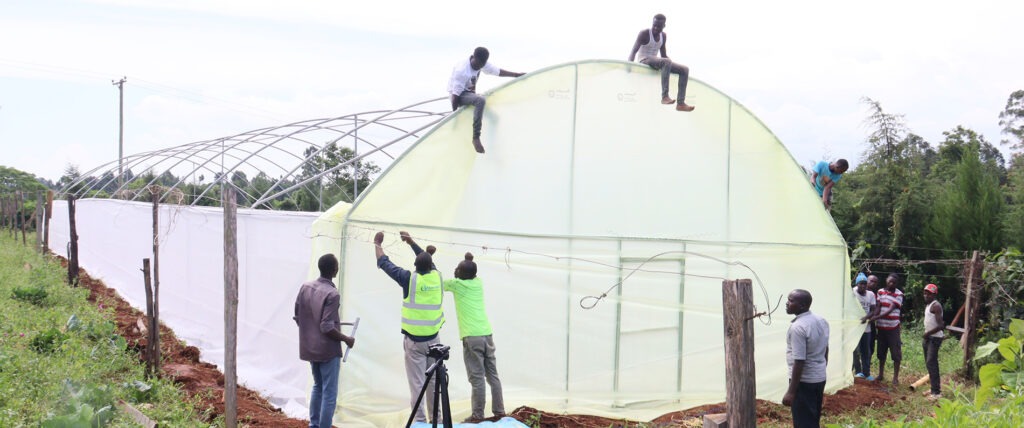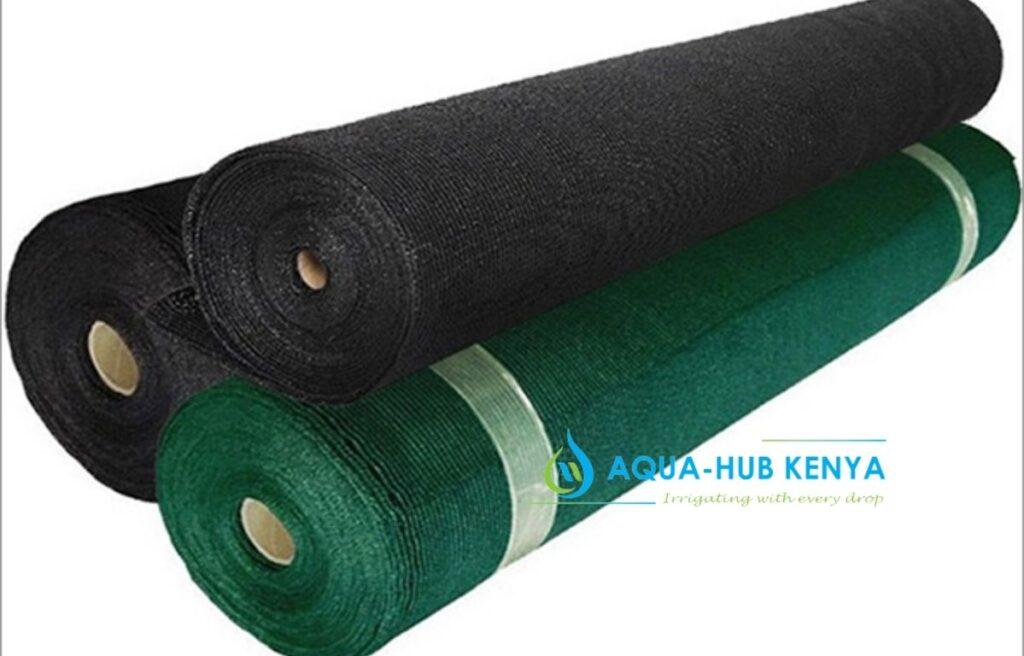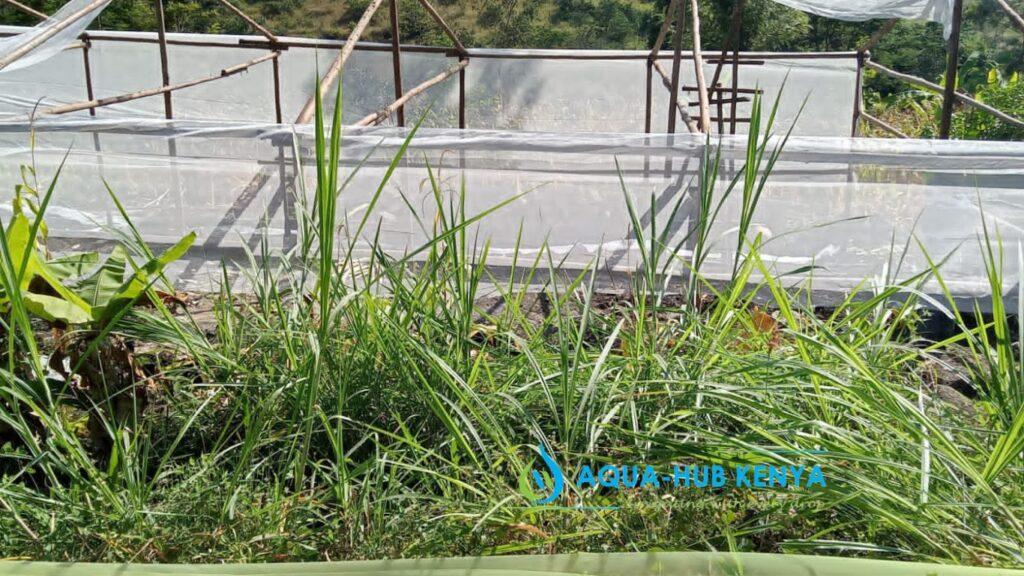How profitable is greenhouse farming in Kenya?
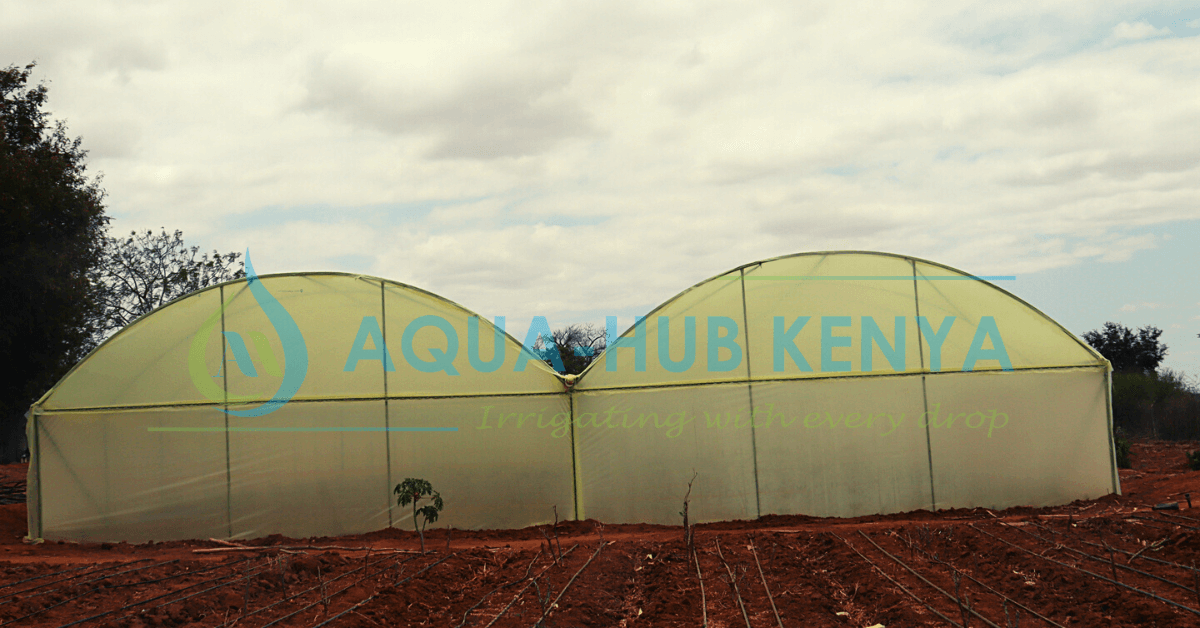
One of the profitable endeavors is greenhouse farming in Kenya. Crop yield has significantly increased in Kenya as a result of greenhouse farming. In Kenya, the majority of farmers use small-scale greenhouse farming of well-liked greenhouse crops. Grown in a greenhouse, crops could be grown in Kenya to generate convenient income. Growing plants in a greenhouse makes it easier to follow good agronomic techniques and lowers the cost of production. In Kenya, vegetables including tomatoes, capsicum, and onions are typically cultivated in a greenhouse. Growing crops in a greenhouse is more profitable for almost all types of crops than doing so outdoors.
Profits you can make from greenhouse farming in Kenya
Indeterminate hybrids of tomatoes, capsicum, cucumber, coriander, sweet melon, saffrons, strawberries, and Karella are the most profitable greenhouse crops. The majority of Kenyan farmers who work with horticulture items like tomatoes, onions, and capsicum have succeeded in turning their businesses into overnight millionaires. For instance, a single tomato plant may produce between 16 and 20 kg, while a kilo of fresh tomatoes now costs between Ksh. 100 and Ksh. 200. Therefore, the crop might bring in roughly Ksh 4,000 per square meter. Accordingly, a typical greenhouse may bring in roughly Ksh 500,000 in a single harvest.
Let’s consider it another way: In Kenya, greenhouse farming is profitable; at the end of a season, 500 indeterminate tomato plants will yield 15 kg each. This equals 7.5 tonnes for 500 stems selling at KSH 80.00 per kilogram, which should result in KSH 600,000.00 in revenue. You will get a profit of K.sh. 300,000.00 after deducting your investment cost of K.sh. 300,000.00. Your investment has returned 50% in this case.
Advantages of greenhouse farming in Kenya

When the proper irrigation system is utilized, it is much easier to maintain the temperature in a greenhouse and considerably less water is consumed. Drip irrigation is used by the majority of Kenyan farmers for their greenhouses. Excess nutrients in a tomato farm promote excessive weed development at the expense of tomato growth. Resulting in smaller and lighter fruits, as well as hollow tomatoes that rot rapidly. Farmers are advised to give liquid fertilizers together with drip irrigation equipment to avoid overfeeding their tomatoes. Tomatoes are a popular produce that is always in great demand. It takes months for greenhouse-grown tomatoes to mature, but it takes at least three months for outdoor-grown tomatoes.
How to start greenhouse farming in Kenya
If you’re interested in agriculture, starting a greenhouse farming business might be a great way to turn your hobby into a source of money. While developing a commercial greenhouse can be time-consuming and expensive, starting with a tiny greenhouse can save money. You can follow the instructions outlined below.
- Investigate the size of your local market – This will help you assess whether the market can support an extra greenhouse firm. It also assists in determining the level of competition.
- Determine your preferred crops and the scale of your business – Think about crops that are in short supply so that you may profit on the demand.
- Learn about the regulations that governs this type of agriculture so that you can feel confident that no one will be looking over your shoulder.
- Create the greenhouse – wooden greenhouses are worth considering since they are inexpensive. Also, make sure you have ample ventilation. The irrigation system, wire shelving, and fertilizer system will next be installed.



